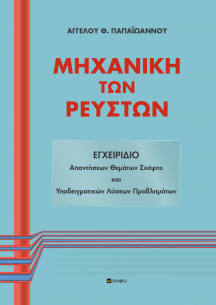Part one of the book (i) explains in detail the concept of modern anti-seismic design (ii) points out some practical issues related to the education, simulation and analysis of building constructions with a parallel critical view of relevant provisions from Eurocode 8 (iii) presents in detail the primary modern practice of simulating buildings made of reinforced concrete in figures and photographs (iv) shows the course of calculations following Eurocode 8 in the form of flow charts....read more
Part one of the book (i) explains in detail the concept of modern anti-seismic design (ii) points out some practical issues related to the education, simulation and analysis of building constructions with a parallel critical view of relevant provisions from Eurocode 8 (iii) presents in detail the primary modern practice of simulating buildings made of reinforced concrete in figures and photographs (iv) shows the course of calculations following Eurocode 8 in the form of flow charts.
In part two, a detailed list is provided with numerical examples of the analysis of buildings made of reinforced concrete and the reinforcing of their characteristic structural elements based on Eurocodes 8 and 2.
Part three summarises the provisions of the Eurocodes concerning the minimum requirements for the reinforcement of reinforced concrete elements, as well as, some initial technical terms (in Greek and English).
A handy tool for the structural scholar-engineer who is called upon to apply the Eurocodes in the preparation of anti-seismic studies of buildings made of reinforced concrete.
Read less










































